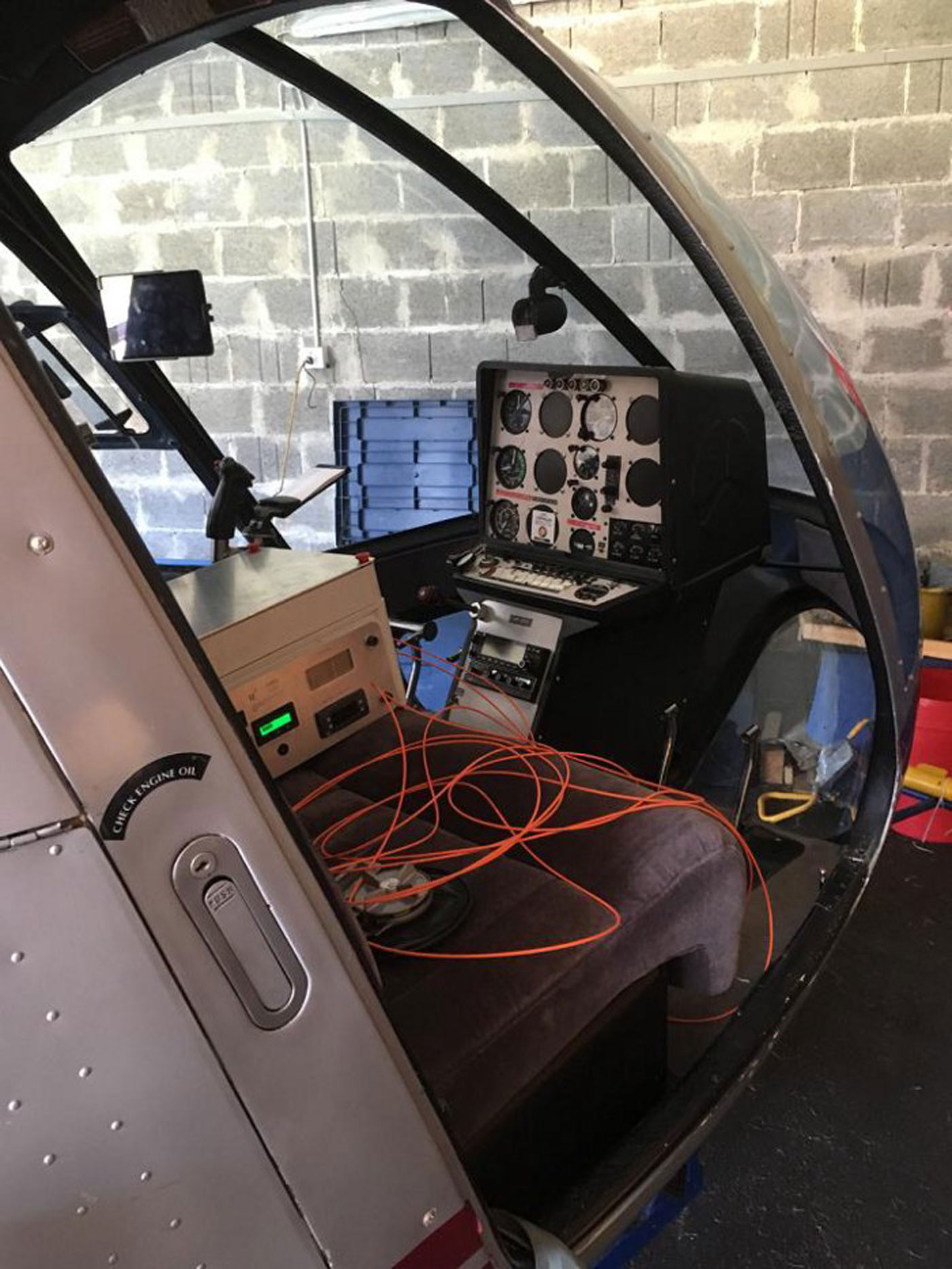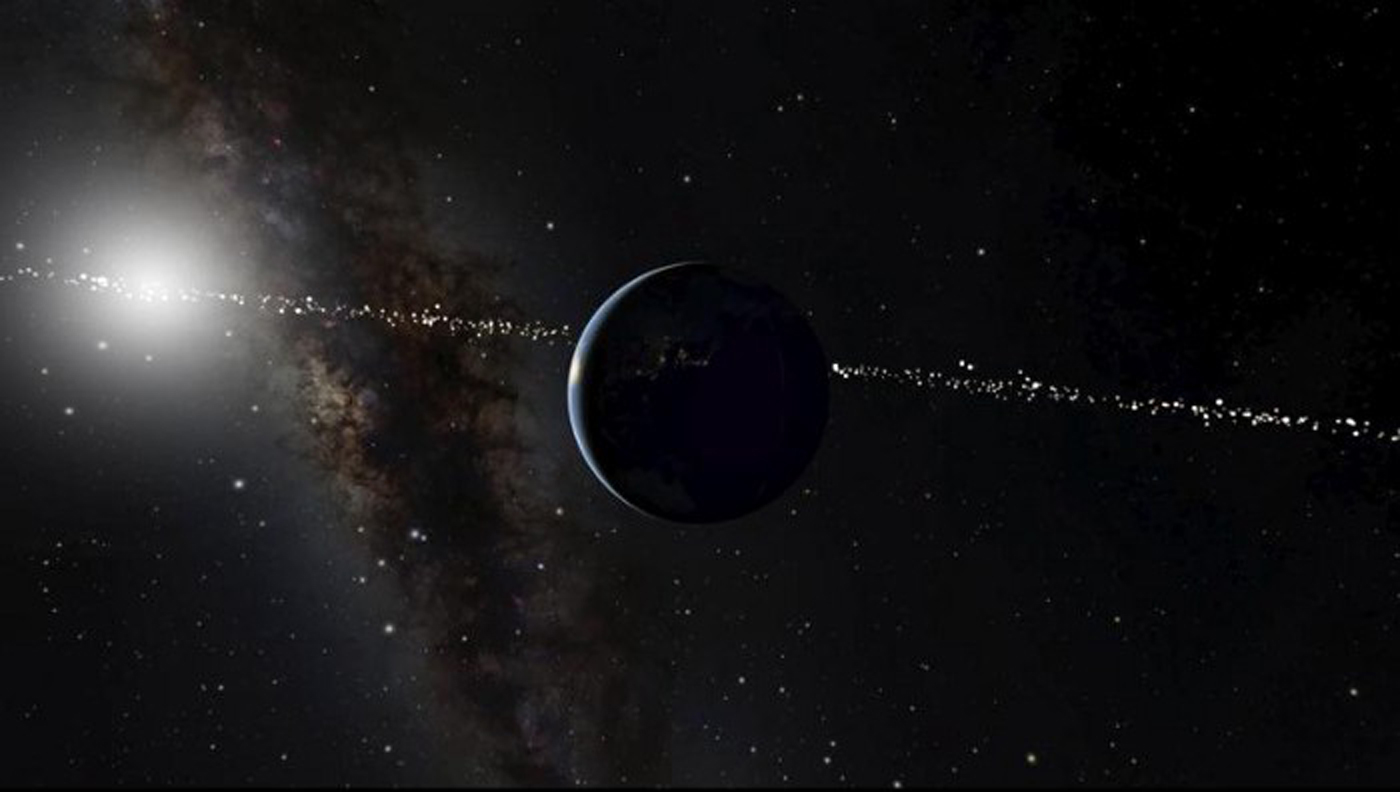Three stories take a look at the struggles of finding extraterrestrial life as well as life on Earth.

Everything we study about our planet, our solar system, and even exoplanets seems to come back to one big question: Are we alone? It’s a huge question, really. Perseverance is looking for evidence that Mars had life. Phosphine was in the news last year because it could have been a biological marker for Venus. Europa Clipper is in the works, with teams meeting this week to discuss the instruments and science objectives, one of which is to look for molecular signs of life in the geysers. And Kepler, wonderful Kepler, its mission was not to hunt for exoplanets. No, its mission was to find Earth-like planets in the habitable zones of their stars.
Today, we have found over 4000 exoplanets. We still haven’t found that Earth 2.0 everyone is looking for, though. Sure, there are planets about the size of Earth. There are planets in the habitable zone. But the stars are too active, the planets too big, or some combination of the two. Nothing seems to fit just right. And it could be that finding that Earth-like planet may be even harder than we originally thought.
In a new study published in the Monthly Notices of the Royal Astronomical Society, scientists examined how much energy planets receive from their host stars and if there was enough energy available for biological life to process using oxygen-based photosynthesis. Some plants and animals here on Earth use the radiation from the Sun to turn carbon dioxide and water into fuel, but to have carbon dioxide, you need oxygen already in place. The results were not encouraging.
Per the press release: Planets around even cooler stars known as red dwarfs, which smolder at roughly a third of our Sun’s temperature, could not receive enough energy to even activate photosynthesis. Stars that are hotter than our Sun are much brighter, and emit up to ten times more radiation in the necessary range for effective photosynthesis than red dwarfs, however generally do not live long enough for complex life to evolve.
A lot of researchers were holding out hope that red dwarf stars, which are the most common type of star in the Milky Way, would be great places to harbor life. This new research actually narrows the exoplanet window we should be looking in. On the one hand, it’s a smaller window. On the other hand, we can focus the search a little better than we could before.

Of course, once you get beyond the “where do we look for life” part of the question, the next piece is “how do we detect that life?”. In what I think is groundbreaking research, a team of scientists used a helicopter flying at 70 kilometers per hour at a distance of two kilometers above the ground to detect signatures of life here on Earth. And they found them. In fact, they were able to tell the difference between fields, forests, and urban areas.
First author Lucas Patty explains: When light is reflected by biological matter, a part of the light’s electromagnetic waves will travel in either clockwise or counterclockwise spirals. This phenomenon is called circular polarization and is caused by the biological matter’s homochirality. Similar spirals of light are not produced by abiotic non-living nature.
A note about the term homochirality: chirality is the property of handedness — left-handed or right-handed. We use this term in biology, and particularly in molecular biology, to describe the way molecules, like that of DNA, occur. Except, unlike hands, in molecules, the handedness is either left or right not paired. And that handedness, or chirality, can be used as a biosignature.
And this team found that signature from a moving helicopter. Now we can use their technology to engineer systems that could be on spacecraft, and first up, they’re working on adapting it for the International Space Station(ISS). I’m excited to follow where this research goes.

One final story on detecting life. In new research published in Nature, scientists have released data on which star systems could detect life on Earth if they had intelligent species with the right technology. Within a distance of 326 light-years, there are over 2,000 star systems that have had just the right vantage point. And in the next 5,000 years, more than 300 star systems will be added to that list as everything orbits within the Milky Way.
The press release explains that the team “used positions and motions from the European Space Agency’s Gaia eDR3 catalog to determine which stars enter and exit the Earth Transit Zone — and for how long.” Within that catalog of systems are seven known to host exoplanets, and one of the ones that will get to that point — in about 1,600 years — is the Trappist-1 system.
Study co-author Jackie Faherty leaves us with this thought: One might imagine that worlds beyond Earth that have already detected us are making the same plans for our planet and solar system. This catalog is an intriguing thought experiment for which one of our neighbors might be able to find us.
Earth-like Conditions Rarer Than Previously Thought
- RAS press release
- “Efficiency of the oxygenic photosynthesis on Earth-like planets in the habitable zone,” Giovanni Covone, Riccardo M Ienco, Luca Cacciapuoti, and Laura Inno, 2021 May 19, Monthly Notices of the Royal Astronomical Society
Helicopter Used to Detect Life on Earth
- University of Bern press release
- “Biosignatures of the Earth I. Airborne spectropolarimetric detection of photosynthetic life,” C. H. L. Patty et al., to be published in Astronomy & Astrophysics (preprint on arxiv.org)
Over 2000 Nearby Star Systems Could Detect Earth
- Cornell University press release
- “Past, present and future stars that can see Earth as a transiting exoplanet,” L. Kaltenegger and J. K. Faherty, 2021 June 23, Nature
This article originally appeared on Medium, June 29, 2021.





